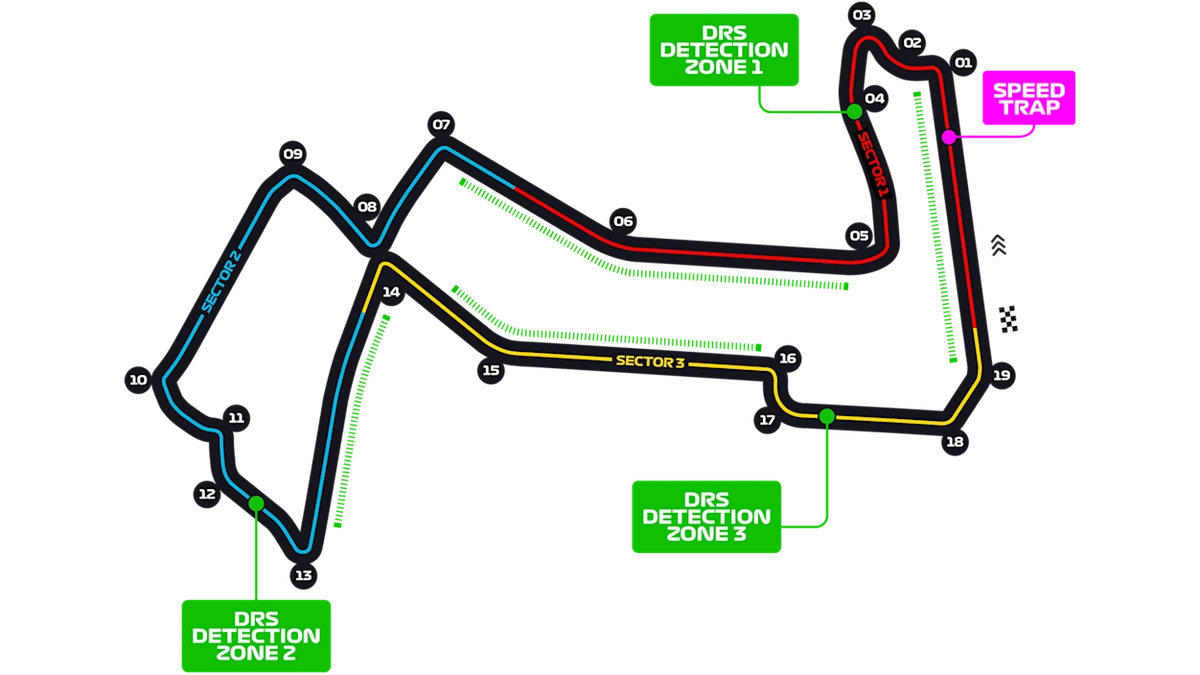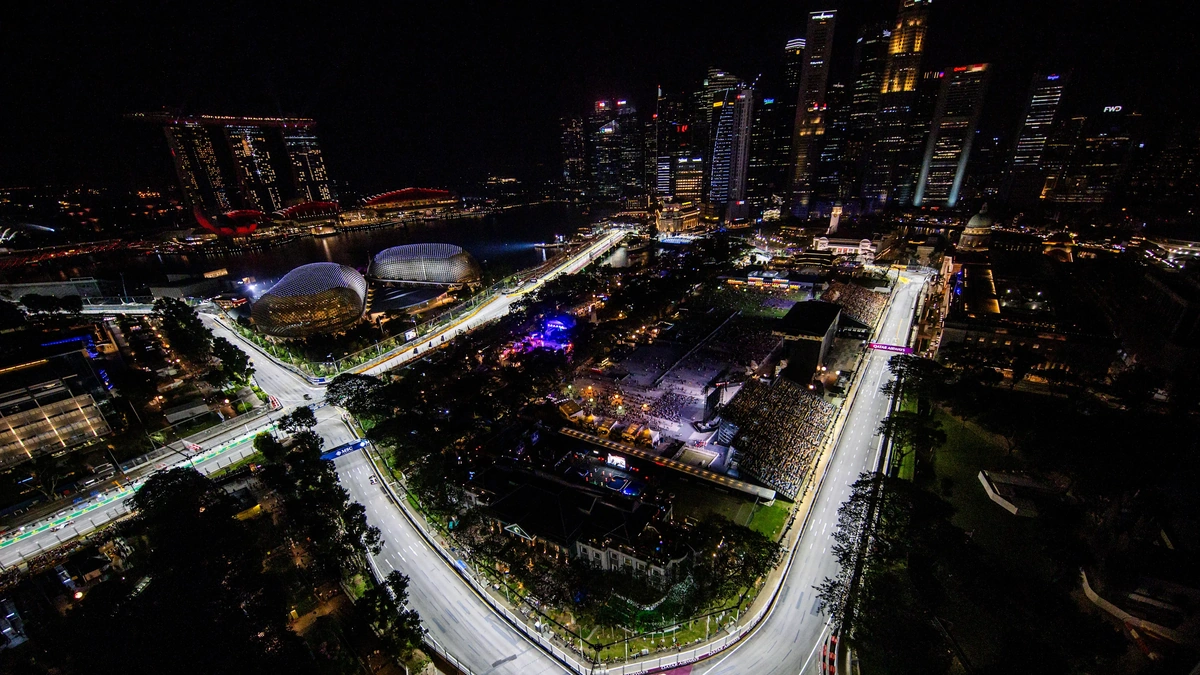F1 Singapore | More Than Just a Race – Decoding Its True Significance
Alright, let’s talk about the F1 Singapore Grand Prix . But not just the race itself. Anyone can report on who won and the lap times. I want to dig deeper – to understand why this particular race has become such a cornerstone of the Formula 1 calendar, and what makes it so uniquely challenging. Forget the surface-level hype; we’re going for a granular understanding of its lasting impact.
The Night Race Revolution | A Spectacle Under the Lights

Here’s the thing: Singapore wasn’t just another addition to the F1 circuit. It was a game-changer. The first ever night race. Think about it: street circuits are cool, but a street circuit at night? That’s a whole other level of drama. It wasn’t just about aesthetics, though. The cooler temperatures (relatively speaking, this is Singapore) provided a more stable environment for the engines, allowing for more consistent performance. But, boy did the drivers have to adapt! Seeing the track differently under the lights, managing the heat – it all added to the complexity. The race quickly became a test of physical and mental endurance.
And the spectacle? Unmatched. The city skyline as a backdrop, the floodlights illuminating the track – it’s an image etched in the minds of racing fans worldwide. TheMarina Bay Street Circuit, with its unforgiving walls and tight corners, demands perfection. One tiny mistake and you’re in the barriers. That’s the magic of Singapore F1 . Also key to note, race strategy is incredibly important. There is often a safety car.
The Physical and Mental Toll | A Driver’s Perspective
Let’s be honest – Singapore is brutal. The humidity, the heat radiating off the asphalt, the lack of any real straight where you can relax – it’s a relentless assault on the drivers’ bodies and minds. A common issue I’ve heard is the effect of the bright lights. But it’s not just the physical exertion; the mental concentration required is immense. One lapse in focus and you’re kissing the wall. The high downforce configuration used in Singapore adds to the physical challenge, requiring drivers to exert even more force to control their cars. You see, this race isn’t just about speed. It’s about grit, determination, and the ability to push yourself to the absolute limit. It’s also about being aware of the Singapore weather forecast , which can change in an instant.
Plus, jet lag is a real issue for the drivers coming from Europe or America. They have to acclimatize quickly to the local time zone and the unique conditions. It all adds to the pressure. So, next time you’re watching the race, remember what these guys are going through out there!
Singapore’s Impact on F1 Culture | More Than Just a Race
What fascinates me is how Singapore has influenced the entire F1 culture. It proved that night races could be a success, paving the way for other night races in Bahrain and Abu Dhabi. It also raised the bar for street circuits, showing that these temporary tracks could be just as challenging and exciting as permanent ones.
And, it’s not just about the racing. The Singapore Grand Prix is a massive event, attracting fans from all over the world. It’s a boost for the local economy, showcasing Singapore as a global destination. It’s about the entire experience. Furthermore, the event has a huge impact on Singapore tourism . It generates revenue through hotel bookings, restaurant visits and other tourism related activities.
Analyzing the Circuit | What Makes it So Difficult?
Okay, let’s get technical for a second. The Marina Bay Street Circuit is known for its numerous corners – almost every corner is a potential overtaking opportunity, but it’s also a potential crash zone. The track surface is often bumpy, making it difficult to find grip.
What makes it interesting is that engineers are constantly looking for ways to improve performance on the track. This might involve tweaking the suspension, adjusting the aerodynamics, or optimizing the engine mapping. Small changes can make a big difference. It’s a constant battle to find the perfect setup, and it’s a testament to the ingenuity of the F1 teams. This is where data analysis and simulation plays a crucial role in finding those marginal gains. Understanding the Singapore grand prix schedule is important, but the engineering and strategies are where the real insights are. One small change can make all the difference.
The Future of F1 in Singapore | What’s Next?
So, what does the future hold for F1 in Singapore ? Well, the race has a contract until 2028, so we can expect to see it on the calendar for years to come. But I think the focus will be on making the event even more sustainable, both environmentally and economically.
That means using more renewable energy, reducing waste, and promoting local businesses. There’s always room for improvement, and I’m confident that the organizers will continue to innovate and make the Singapore Grand Prix an even better experience for everyone involved. And maybe, just maybe, they will modify the track to improve overtaking opportunities and make the racing even more exciting.It’s something I would really like to see happen!
FAQ | Your Burning Questions About the Singapore Grand Prix Answered
FAQ
Why is the Singapore Grand Prix a night race?
To cater to European audiences and offer cooler temperatures for the drivers.
What makes the Marina Bay Street Circuit so challenging?
Its tight corners, bumpy surface, and high humidity levels.
How does the Singapore Grand Prix impact the local economy?
It attracts tourists, generates revenue, and showcases Singapore as a global destination.
What strategies do F1 teams employ to cope with the heat?
Driver hydration, cooling systems, and car setup optimizations.
How can I get tickets to the Singapore Grand Prix?
Through the official Formula 1 website or authorized ticketing partners.
What is the singapore grand prix winner usually like?
Usually one of the most elite and highly-skilled drivers.
Ultimately, the Singapore Grand Prix is a testament to the relentless pursuit of innovation and excellence that defines Formula 1. It’s a race that pushes drivers, teams, and technology to their limits, and it’s a spectacle that captivates audiences around the world. It’s about far more than just racing; it’s a cultural event that transcends the sport itself. And that, my friends, is why the F1 Singapore Grand Prix is truly special.













